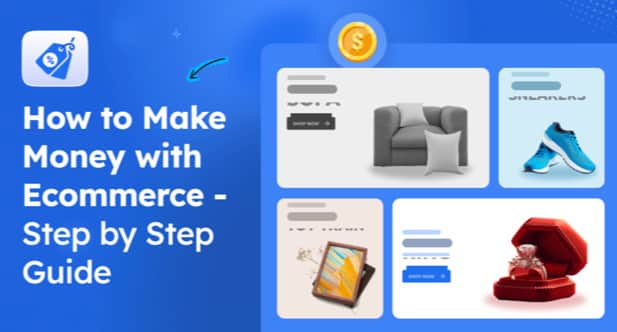Business startup planning can vary depending on what it’s intending to achieve and how it’s planned to get there. However, smaller startups often begin in a garage or home office and don’t always become huge behemoths, so plans vary depending on size too. Here are some important steps for getting a small startup ready to launch.
Visualize the Entire Business
It’s necessary to conceive of the business and visualize it before the launch. The idea of concept mapping isn’t new, but it is a powerful one. It can help plan for the internal staff structure, the priorities in the first quarter, and anything else required.
Approaching small startup planning this way is extremely useful just like with business plans. While things will change in the execution of any plan, it’s always better to have one from the start. The process of thinking it through, mulling over different options, and reaching meaningful conclusions is invaluable. So, don’t skip this step because you’re all in a hurry to get started.
Know the Financials Precisely
While the sales projections will only ever be an informed guess, the planned expenditures are another matter. There is certainly some degree of variance between plans and what occurs, which may materially affect the expenditures too, but usually not by a disproportionate amount. For instance, it’s possible to be vague on individual line items of spending using broad estimates. The initial office supplies will cost $5,000. Where did this round number originate? It’s far better to break that down to the individual office supplies, how many units, and the price per unit instead. That way, the numbers are going to be fairly on point without any unpleasant surprises.
One Product or Paint Against the Wall?
Will the company produce a single product or service? Or is there no real plan in place other than “to support x industry in their pursuit of xxx…” which in reality doesn’t translate to anything real? If the plan is only to throw a lot of paint against the proverbial wall and see what sticks, you’d better have deep pockets. And if you do not, then a better plan is required.
Also, appreciate that while “pivoting” is a popular buzzword, it’s not always the best approach. Sometimes, it means the market research wasn’t done, the product wasn’t needed, and the business hit that same wall because the people at the top skipped some important steps.
Fast Growth vs. Organic Growth
Growing quickly is admirable, but it has put many new companies out of business because it strained the cash flow too far. Many upfront costs are required to manage unexpected rapid growth. It’s no walk in the park. Sure, it’s a good problem to have, but not when it’s out of control and there’s insufficient capital to control it.
Organic growth may be more suitable. This is where the startup only grows as quickly as it can self-fund it. When the founder is intending on not borrowing money or selling shares to partners, the startup must generate enough profit to fund its growth. It’ll be slower and may miss some opportunities, but it’s also the safe route. Knowing which approach is right for your business before launching is essential.
Find Your Ideal Target Audience
Studies show that over 40% of startups fail due to a lack of a market needed for their product. When customers aren’t interested in buying the products or services that a startup is selling, sadly the business is often the last to realize the situation. The problem is that many startups are in love with their own idea, but to be successful, your potential customers need to think and feel the same way that you do. Rather than deciding on a product or service and hoping that your customers love it, it’s better to find a target audience first, then find out what they want so that you can give it to them.You may go beyond your local region and offers services & products to the foreign audience, using secure VPN for business.
Build Your Audience
Once you have a target audience, know your customers, and have validated your business idea, you should be ready to start building your audience. Even if your product or service is not yet finished or ready to launch, building your audience allows you to establish a group of engaged customers in advance, and provides you with a means of getting important feedback from your target audience throughout the product development stage, which ultimately allows you to build the product or service that your potential customers want and are willing to pay for. In addition, building your audience now will give you more leverage when pitching to investors or lenders, as it demonstrates demand for your product or service.
Set Expectations
As your product or service gets closer to launch, customers, partners, and even the media will have ideas about what your project is or is not going to be. It’s important for your business to set expectations ahead of time, to avoid any disappointments later on that could ultimately harm your business. Provide excellent customer service from the start, since customers will expect your startup to be aware of their needs, honest, accessible, and committed to transparent and open dialogue on the important issues.
Launching a new startup the right way substantially increases the chances of success. Not putting in the work before opening the doors diminishes them.










